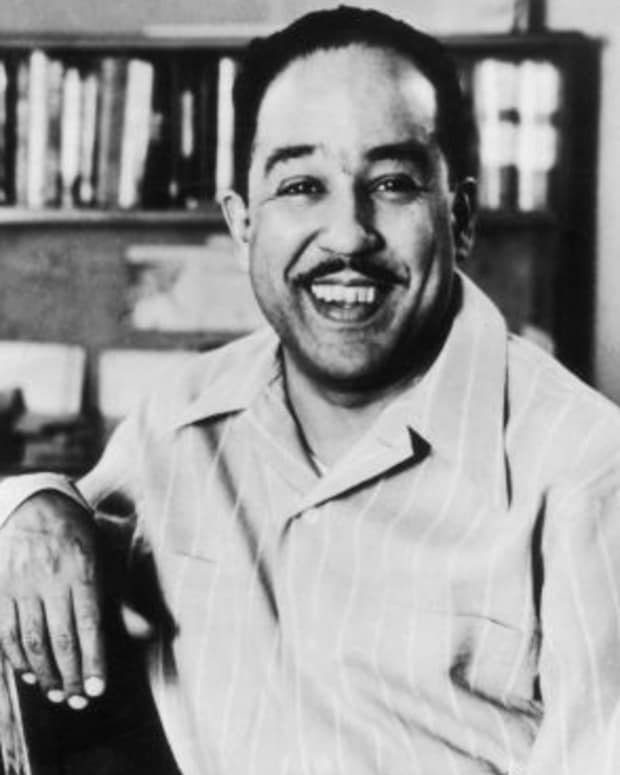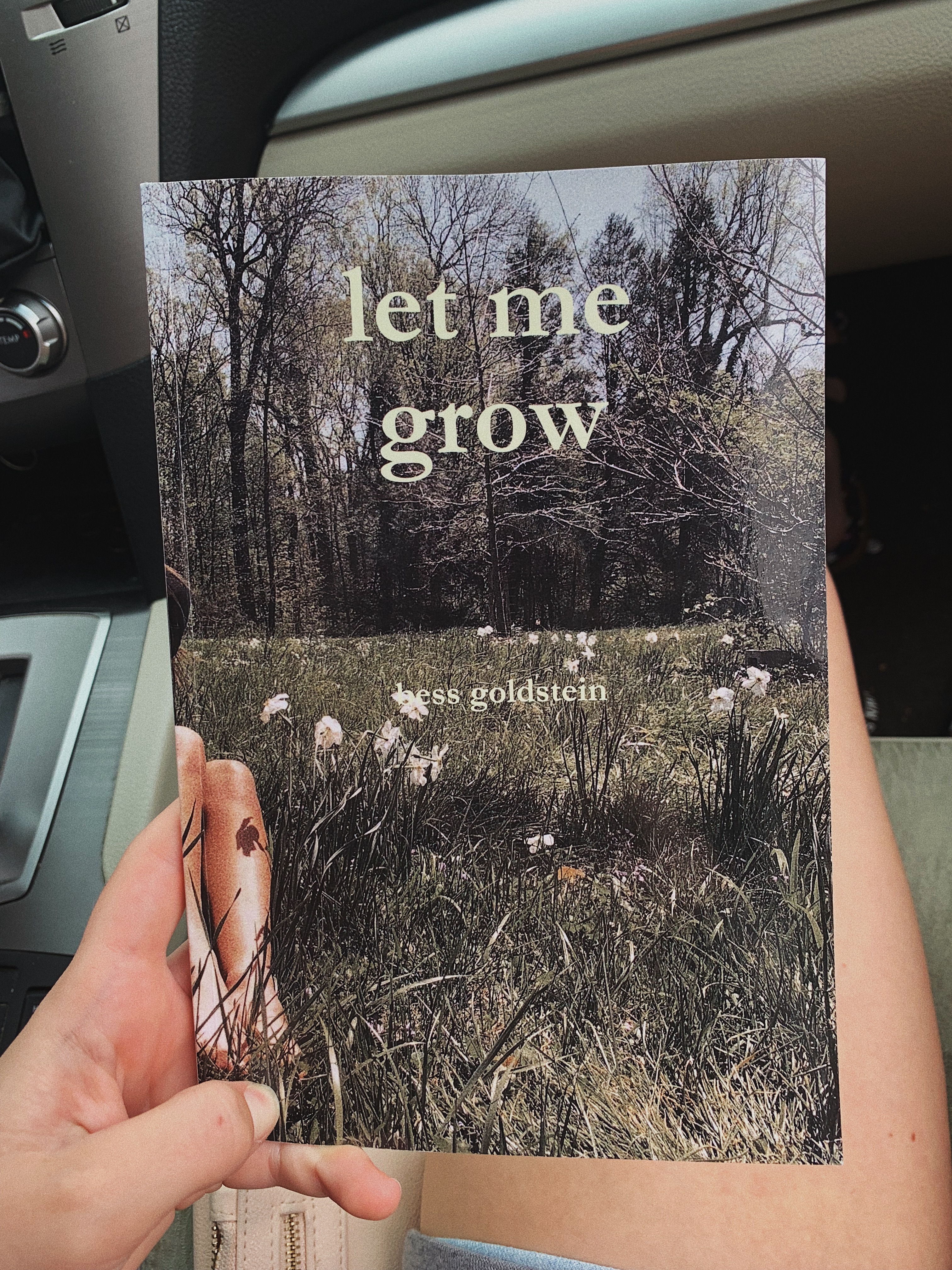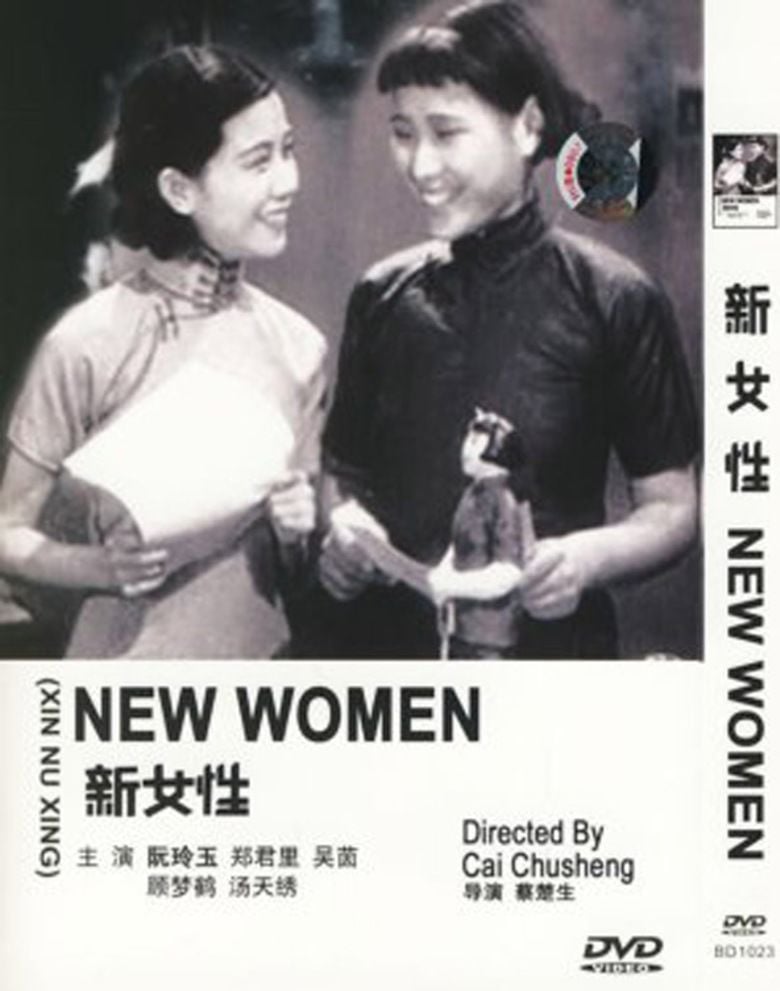Marilyn Monroe: Fissures and Rebellion Under Resurgent Norms in the 50s
In the past weeks I studied Niagara (1952) and Gentlemen Prefer Blondes (1953) and Marilyn Monroe as a case study of the 50s’ gender dynamics.
A top-billing actress and sexual icon, Monroe was arguably the most influential American actress in the 50s. Her films and private life alike are still fervently discussed today by fans and researchers. Major social trends and changes in gender dynamics were all presented in the films she acted.
The 50s is often seen as an era of optimism in norms and resurgence of conservatism. American males, self-assuringly viewing themselves as the saviors of democracy, victoriously returned home, drove the women back home again and took charge themselves. Victory in the international arena and memory of the throes from the Great Recession generated a strong desire within them for a stable traditional family life. As Elaine Tyler May noted, the wartime independence of women gave way to “female subordination and domesticity” (Wandersee 499). However, this resurgence of idyllic middle-class values, as framed by a house, a family and children, enshrouded some more profound undercurrents that ultimately led to the feminist awakening in the 60s.
It is undisputed that many women were driven back to households again, yet many remained single or continued to work outside of the home long after marriage. In the household, the paterfamilia no longer dominated in the same manner. Instead, the new emphasis on sexual pleasure for both genders and sacrifice for the family (and economic success) on both sides created new fissures within the family.
Ray Cutler in Niagara, a florid, energetic and economically well-off personification of middle-class success, experiences this conflict between familial relationships and stress for success. The first belonging that we see he brings to his honeymoon with his wife is an importune book by Winston Churchill. Immediately upon his arrival, he calls the headquarters of his company to arrange a meeting with his boss —– while leaving his wife Polly in their cabin alone. When Polly is terrified by the “resurrected” George, the husband of Monroe in the film, Ray responds to a dining invitation by his boss as follows:
“Well, it, it’s out. The way you feel. The whole idea is silly…
Still, we have to eat somewhere. Uh, just a bite maybe” (Hathaway, Niagara).
These scenes reveal the fissures in the relationship between Ray and Polly and reflect those in American middle-class families in the 50s as a whole. The prosperous economy enabled many families to acquire material well-being, yet this often came at the cost of men’s neglect of family relationships. As Allan Carlson points out, this separation of job and family destabilized the family life in the 50s significantly (). In addition, May’s survey shows that a large number of women in the 50s were dissatisfied with their marriage life (Wandersee 498).
Another prevailing issue of the time is the intrusion of politics into private life. As the American government was increasingly threatened by the Communist expansion across the globe, its containment policy, originally designed to contain the expansion of Communist regime, applied to American families as well with a goal to stabilize the public. In Niagara, Monroe’s husband George suffers a serious post-war trauma as a veteran from the Korean War. His intention in participating in the war was to “prove his virility” to Monroe, yet this masculinity is wounded even more when he comes back. His occupation is reduced to building a model car as a psychiatric treatment to stabilize his psychological condition, which is scoffed at by Monroe for its triviality (Schleiler 51). This weakened position of George makes him passive to Monroe, who deliberately insults him with two tickets she and her lover have used. This inverse in power, as opposed to Dietrich’s deviation, was more prevalent in the 50s than in the 30s. Even though many women were drive back home and men resumed their domination, yet this relationship no longer remained the same. Men came home, desperately trying to exert their virility, yet the women were no longer willing to submit.
Monroe’s characterization in this film, as befitting the formula of the film noir, resembles more closely the “femme fatale” prototype. Only this time, this femme fatale is an American within a family. Monroe’s image, presented as pretentious, deceitful and dishonorable, exposes the then contemporary anxiety of American males. Even though several initial close-ups of her make us recall her stereotypical image as the “dumb blonde,” we soon find out that she outwits her husband while carrying on her romantic affairs. Her presence in the family, as her husband George recalls, ruins his business and ultimately his life. However, at the same time, he feels deeply attached to her, which reveals the dilemma that American men in the 50s faced. The film presents her wit as a destructive force to the relationship, which leads to George’s and eventually her own demise. Meanwhile, Ray’s wife Polly, a traditional conforming woman, is saved from a critical situation by George, who in an act of redemption sacrifices himself to save her. This highly symbolic contrast is very likely a representation of American men’s longing for returning to the old gender norm.
On the other hand, Gentlemen Prefer Blondes, despite being a musical comedy, reveals another aspect that impacted the gender relationship during this era —– consumerism and individualism. A important line repeatedly sang by Monroe in this musical film goes as:
“A kiss on the hand might be the Continental.
But Diamonds are a girl’s best friends” (Hawks, Gentlemen Prefer Blondes).
Meanwhile in another scene, Dorothy, Monroe’s friend in the movie, sings a number about her desire for a romantic affair in a gym with dozens of Olympic athletes. Even though Monroe’s longing for wealth contrasts sharply with Dorothy’s emphasis on personality, and their obsession do have an ironical tone against that era, this story is presented entirely from the female perspective. It should be admitted that the musical numbers, in which Monroe dances and sings seductively, were made to appeal to male audiences. However, the plot line favors the women’s choice, ending in a romantic consummation, in which both of the girls marry the ones they have pursued. The girls actively engaged in relationships with the men they had a crush on. Monroe prefers money, and Dorothy prefers handsomeness, yet it is they themselves who makes the choice as to which type of men they would like to pursue. They are no longer the passive receivers, but active agents who have control over their own relationships.
The prevailing consumerism and rising individualism in this era, despite being criticized for complicating family relationship, did give females a chance to work in the city and pursue an alternative path of relationships.
It is noteworthy that the resurgence of norms in this era mainly comes in the form of family life, which is supported both by the socio-economic environment and by the government deliberately. Yet under this surface, many complex undercurrents, both on the side of men and women, were flowing that ultimately led to the greater changes in the 60s.
Works Cited
Christensen, Bryce J. “Two and a Half Cheers for the 1950s! Rediscovering the Virtues of a Maligned Decade.” The Natural Family, familyinamerica.org/journals/summer-2012/two-and-half-cheers-1950s-rediscovering-virtues-maligned-decade/#.WsaISNPOXzI.
Hawks, Howard, director. Gentlemen Prefer Blondes. Amazon, 20th Century Fox, 1953, http://www.amazon.com/Gentlemen-Prefer-Blondes-Jane-Russell/dp/B004FWRLMY/ref=tmm_aiv_swatch_1?_encoding=UTF8&qid=&sr=.
Hathaway, Henry, director. Niagara. Amazon, 20th Century Fox, http://www.amazon.com/Niagara-Colorized-Marilyn-Monroe/dp/B004GV0GQC/ref=tmm_aiv_swatch_1?_encoding=UTF8&qid=&sr=.
Schleier, Merrill. “Fatal Attractions: ‘Place,” the Korean War, and Gender in ‘Niagara.’” Cinema Journal, vol. 51, no. 4, 2012, pp. 26–43. JSTOR, JSTOR, http://www.jstor.org/stable/23253575.
Wandersee, Winifred D. “History of Education Quarterly.” History of Education Quarterly, vol. 29, no. 3, 1989, pp. 498–500. JSTOR, JSTOR, www.jstor.org/stable/368925.






 ”
” ”
”